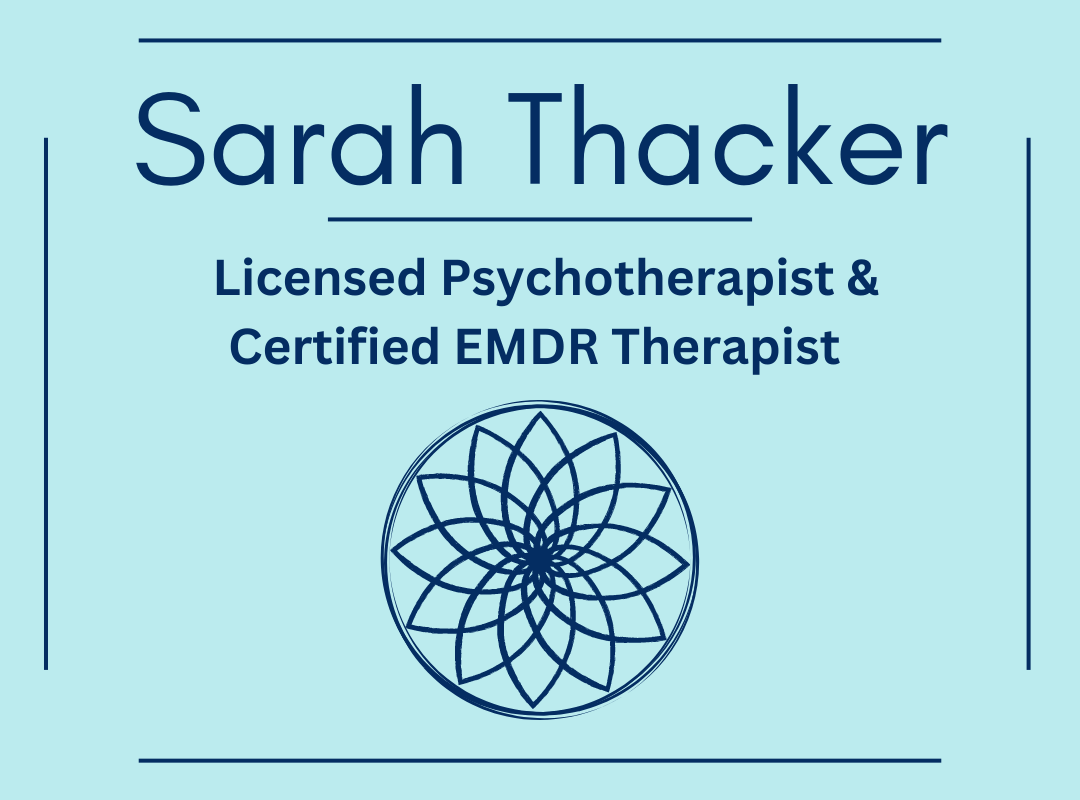If the stress of the current global crisis of COVID-19 has you feeling anxious, uncertain and overwhelmed, you are not alone. These are unprecedented times. I happen to be in the “epicenter” here in NYC and it is collectively causing stress and anxiety that can be felt in the air here…and I’d imagine everywhere.
I wanted to offer this practical, evidence-based technique that you can implement immediately to help release some of the mental and emotional stress you are experiencing. This technique will help you calm your anxious mind. When you are overwhelmed, it may feel like your thoughts are racing, like there is impending doom, like there is no hope. When you use this thought examination technique, you create space to understand how your thoughts are impacting you, practice releasing them and offer yourself opportunities to get into a solution-focused mindset.
Thought Examination Technique
This technique allows you to examine your thoughts and the impact they have on you closely. This technique changes your relationship with your thoughts and creates empowerment. Often thoughts and faulty beliefs are happening on a subconscious level, they are running in the background of your mind, however your physical body through the stress response, responds accordingly.
If you are having catastrophe based thoughts, then most likely your body will enter into a sympathetic nervous system response, or fight-or-flight mode. This is not a helpful place to be unless there is truly an immediate emergency. While this circumstance is an emergency for many, it is not helpful, and actually is damaging, to remain in this heightened state of stress and anxiety continually.
To begin practicing the technique, get out a piece of paper and practice going through the following questions based on any fears and anxieties you are experiencing and use it regularly to manage and change your relationship to any stressful thoughts.
Choose a fear-based thought that has been on your mind or troubling you recently.
Ask yourself what emotions are driving that thought.
Where do you feel these emotions in your physical body?
Ask yourself, is this thought true? Unless it is a present fact, the answer is no!
Ask yourself, is this thought useful? Unless you are trying to problem-solve, most likely the thought is not useful.
Ask yourself, what is it doing to me to have and believe this thought? This is important to evaluate how detrimental this one thought can be.
Ask yourself, how would I feel without this thought? This is important because it allows you to recognize how this thought is limiting your present moment experience and essentially causing unnecessary suffering.
Ask yourself, what is the opposite of this thought?
Notice how it feels in both mind and body to sit with the opposite thought. The purpose of this is not to lie to yourself or move into positive-thinking mode. The purpose of this part of the exercise is to be aware that if you are believing the first thought in this moment, then the opposite could just as well be true.
Mindfully reframe the thought, transform the thought into what is true right now, this process creates a reality-based thought.
If this thought does come true, what are three things you can do to cope with that occurrence?
Example:
What is the thought? If I lose my job during this health crisis, I will lose my home.
What are the emotions connected to having this thought? Fear, sadness, anxiety, helplessness, hopelessness.
Where do you feel these emotions in your body? Increased heart rate, nausea, tightness in my chest, tight jaw, neck and shoulders.
Is this a true thought? It could become true, but in this moment, no it is not true.
Is this a useful thought? Definitely not, it is causing me to suffer.
What is the impact of this thought on the present moment: Not be able to sleep well, pain in my body, no energy, can’t think clearly, feel sick.
How would I feel without this thought? Rested, peaceful, relaxed in mind and body.
What is the opposite of this thought? I won’t lose my job or my house during this health crisis.
How does it feel to sit with the opposite thought? Better, but I still feel so uncertain.
What is a way to reframe this thought? Although I am afraid of losing my job, in this moment I am still employed and for that I am grateful. If I do lose my job, I will deal with that circumstance at that time.
What three things can I do now to prepare for if the thought comes true? If I do lose my job due to current unstable economy three things I can do now to prepare are: 1. look up how to file for unemployment, 2. update my resume, 3. look at my budget and see where I can immediate reduce expenses and create savings to prepare.
Notice how much different it is to be with the thought in a mindful way and engage with creative problem-solving? This process allows you to engage with the thought in a proactive responsive way rather than remaining in reactive-mode, which is emotional, stifling and illogical.
When you practice this technique regularly, it will help to bring you into a more grounded, present-moment focused mind frame. This technique is helpful to practice anytime you are experiencing fear-based, anxiety provoking, catastrophizing thoughts.
When you go into problem-solving mode you create more hope and experience less fear. The next time that you find you are stuck in a negative thought cycle, use this technique and end with finding solutions. Notice how this allows you to put your mind at ease and feel more in control and empowered.



